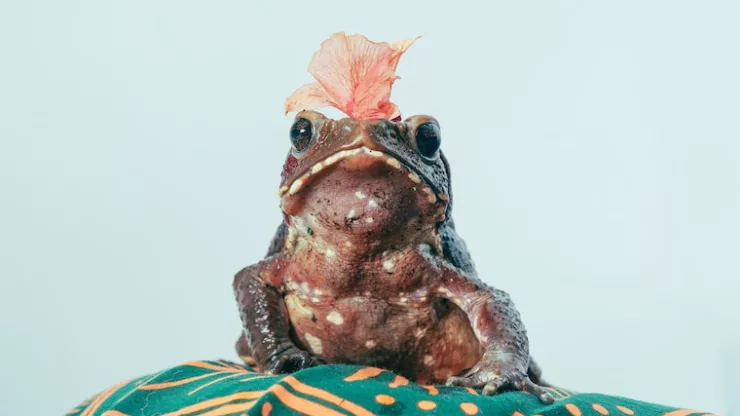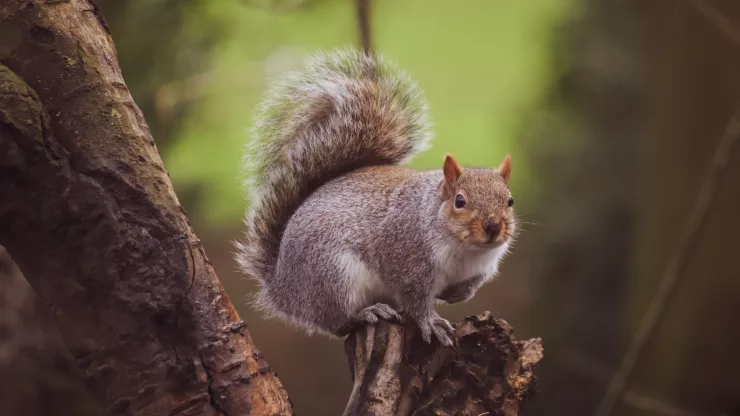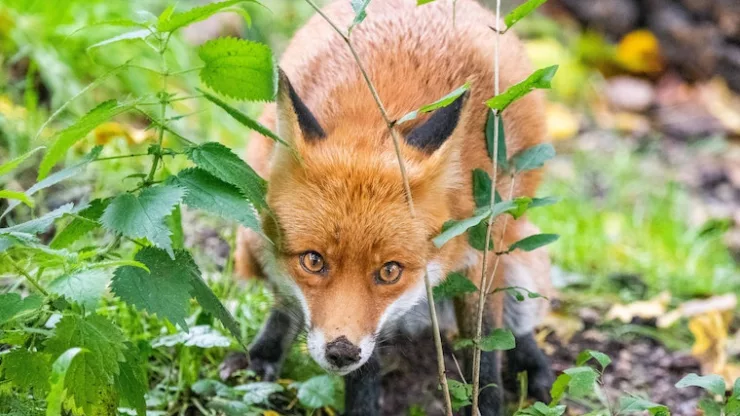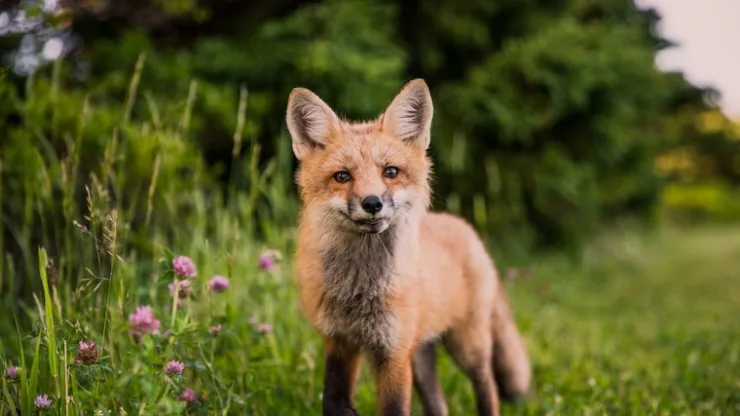Urban areas are often associated with concrete and steel structures, but there’s more to cities than meets the eye.
Amidst the hustle and bustle of city life are creatures that thrive in urban environments, including frogs.
Urban frogs may seem out of place, but they play a vital role in the ecosystem.
In this article, we’ll explore the world of urban frogs, from their characteristics and behavior to the challenges they face and the benefits they provide.
Jump to Section
The Urban Frogs: Listening to Nature’s Chorus in the City
Introduction
What are urban frogs? Urban frogs are frogs that have adapted to living in urban environments.
They can be found in parks, gardens, and even on balconies and rooftops. Why are they important?
Urban frogs provide several benefits to the ecosystem and contribute to ecosystem services. Unfortunately, they also face several challenges, including habitat loss and pollution.
In this article, we’ll take a closer look at the world of urban frogs.
The Benefits of Urban Frogs
Here are some of the benefits of having urban frogs in the city:
| Benefit | Description |
|---|---|
| Pest control | Urban frogs are natural predators of insects and other pests, which helps to control their populations. |
| Biodiversity | Urban frogs contribute to the biodiversity of the city and help to maintain ecological balance. |
| Education | Urban frogs provide a unique opportunity for education and research, especially for urban ecology and conservation. |
Urban frogs contribute to ecosystem services by controlling pests and helping to maintain ecological balance.
They are also an important part of the food chain, providing food for predators such as birds and snakes.
However, urban frogs face several challenges that threaten their populations.
The Challenges of Urban Frog Conservation
Factors that threaten urban frog populations include habitat loss, pollution, and climate change.
Urbanization has led to the destruction of natural habitats, which has forced frogs to adapt to urban environments.
Pollution, such as chemicals and noise pollution, can also harm frogs and their habitats. Conservation efforts are necessary to protect urban frog populations and their habitats.
The Different Types of Urban Frogs
Here are some of the different types of urban frogs and their characteristics:
| Frog | Characteristics |
|---|---|
| Green Tree Frog | Bright green color, white stripe along the jaw, and yellow or orange thighs. |
| Common Toad | Warty skin, brown or gray color, and a distinctive croak. |
| American Bullfrog | Large size, green or brown color, and a deep, resonant call. |
Urban frogs can be found in a variety of locations, including parks, gardens, and even on balconies and rooftops.
Identifying urban frog species can be challenging, but there are several tips to help.
The Behavior of Urban Frogs
Here are some common behaviors of urban frogs:
| Behavior | Description |
|---|---|
| Calling | Male frogs call to attract mates during the breeding season. |
| Hibernation | Some urban frogs hibernate during the winter months to conserve energy. |
| Swimming | Urban frogs are excellent swimmers and can be found in ponds, lakes, and other bodies of water. |
Frogs communicate with each other through calls, which can vary in tone and pitch.
The calls of urban frogs are an important part of the urban soundscape and contribute to the biodiversity of the city.
The Future of Urban Frogs
Urban frog conservation has the potential to make a significant impact on the ecosystem and the city.
Citizen science can play a crucial role in urban frog research, helping to monitor populations and identify threats.
Climate change is also a significant threat to urban frog populations, and conservation efforts must take this into account.
Conclusion
In conclusion, urban frogs play a vital role in the ecosystem and contribute to ecosystem services.
They face several challenges, including habitat loss and pollution, but conservation efforts can help to protect their populations.
With the help of citizen science and conservation efforts, the future of urban frogs is bright.
Frequently Asked Questions
What do urban frogs eat?
Urban frogs eat a variety of insects and other small prey, including flies, mosquitoes, and spiders.
Where do urban frogs live?
Urban frogs can be found in a variety of locations, including parks, gardens, and even on balconies and rooftops.
How do urban frogs communicate?
Urban frogs communicate with each other through calls, which can vary in tone and pitch. Male frogs call to attract mates during the breeding season.
I’m a nature enthusiast and creator of Metro Wilds and have spent years exploring the great outdoors.
With a passion for environmental conservation and sustainability, I have dedicated my career to writing about the beauty and wonders of nature, as well as the threats facing our planet.
Contact me at [email protected] for assistance.





